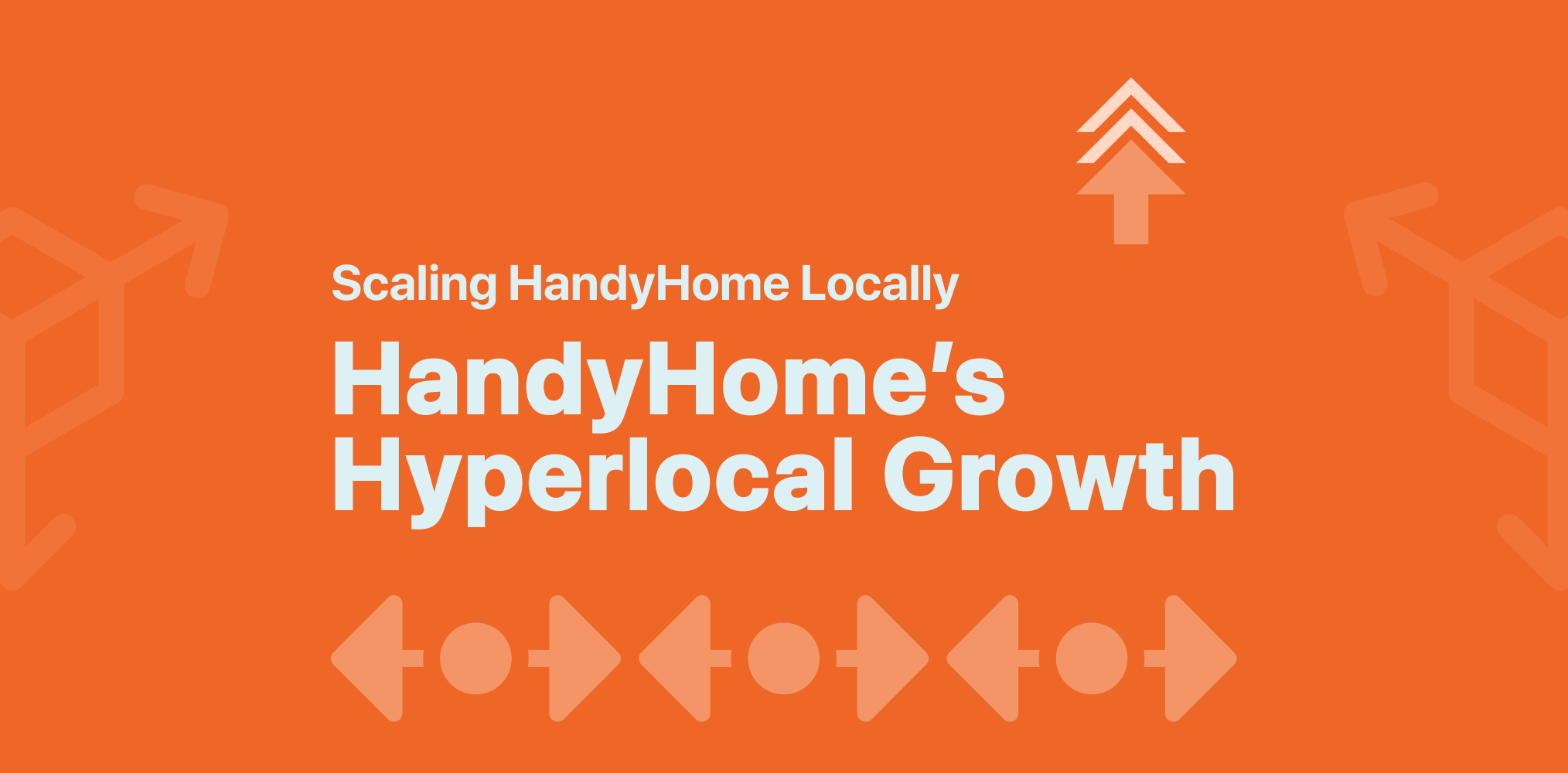
The Challenge: Surviving in a Changing Retail Landscape. Since 1967, Handyhome has been a well-established name in Belgium’s DIY market. In the past, customers would naturally find their way to their trusted hardware store. Today, however, they are bombarded with online deals and large-scale marketing campaigns from retail giants with enormous budgets.
This shift presented Handyhome with a critical challenge: how can a network of strong local entrepreneurs compete with big players without losing its unique identity? Handyhome’s strength does not lie in mass marketing but in its personal and localized approach. This meant the marketing strategy had to change. Not bigger, but smarter. Not massive, but hyperlocal. And above all, not generic, but tailored per store and target audience.
A changing market landscape
The DIY industry saw an unprecedented boom during the COVID-19 pandemic, with people investing more time in home improvement projects. However, in 2022, growth slowed to just 13%, largely due to rising prices. By early 2024, the situation had become even more challenging: consumers had completed their major projects and were looking for experiences rather than functional purchases.
On top of that, competition was fiercer than ever. Major hardware chains with deep pockets and well-known ambassadors dominated national media. Handyhome needed a different approach. The key? Leveraging its local network and loyal customer base while adopting a precise, hyperlocal marketing strategy.
Smart budget allocation for maximum impact
Summer 2024 was a crucial period for Handyhome. Traditionally, this season accounts for a significant portion of the annual revenue. But how could Handyhome ensure that customers would remain loyal even during the vacation period?
Since Handyhome did not have millions to spend competing with larger retailers, every marketing euro had to be used where it would have the highest impact. The strategy needed to be not just efficient but directly contribute to the revenue of local entrepreneurs. Rather than spreading investments too thin, marketing spending had to be strategically allocated to regions with the most potential.
The power of a hyperlocal strategy
The major challenge was to increase visibility and sales without the vast budgets of competitors. The solution lay in leveraging the strength of local entrepreneurs and applying a hyperlocal targeting strategy. Mass marketing was not feasible, but precise advertising within specific regions could make a real difference.
To tackle this challenge, we developed a data-driven model based on seven variables to determine local market potential. Factors such as competition density, store size, and historical revenue played a crucial role in this analysis. Using these insights, we optimized the advertising budget distribution, prioritizing locations with the highest growth potential.
Additionally, customer research revealed two dominant customer segments: those seeking customized solutions and those prioritizing reliability and service. The marketing messages were tailored accordingly, ensuring they resonated with the right audience.

A smart and differentiated approach
Implementing this strategy was key. Each Handyhome store received a growth potential score, allowing us to allocate budgets optimally and deploy campaigns more strategically.
The marketing approach was structured into three phases. First, a national branding campaign supported Handyhome’s overall visibility. Next, a targeted phase directed quality traffic toward customized products such as cabinets and doors, utilizing advanced targeting in Google Ads and Meta. Finally, the focus shifted toward conversions and lead generation through strategic lead campaigns within Meta and conversion-driven campaigns in Google Ads. This phased approach ensured that Handyhome could maximize its budget efficiency and direct marketing investments where they had the greatest impact.

Impressive results
The impact of this strategy was remarkable. Despite a limited budget, Handyhome achieved outstanding results. Branded search volume increased by 13.5%, indicating that more consumers actively searched for Handyhome. The number of quote requests more than doubled, with a 103% increase, demonstrating that consumers were not just interested but also taking action.
Additionally, even in stores where no campaigns were running, revenue still grew by 1.43%. However, in stores with active campaigns, the growth rate reached an impressive 3.51%.
The return on investment (ROI) was exceptionally high. Each invested marketing euro generated a significant return, with an ROI of 217 times the agency costs. This confirmed that intelligent marketing strategies based on data and hyperlocal insights could drive tremendous impact—even with a modest budget.
Building a strong foundation for the future
With this approach, Handyhome demonstrated that hyperlocal strategies are not only effective but also essential for retailers competing against large-scale competitors. By leveraging data insights and capitalizing on the strength of its local entrepreneurs, Handyhome has strengthened its market position and laid a solid foundation for continued growth in the future.

